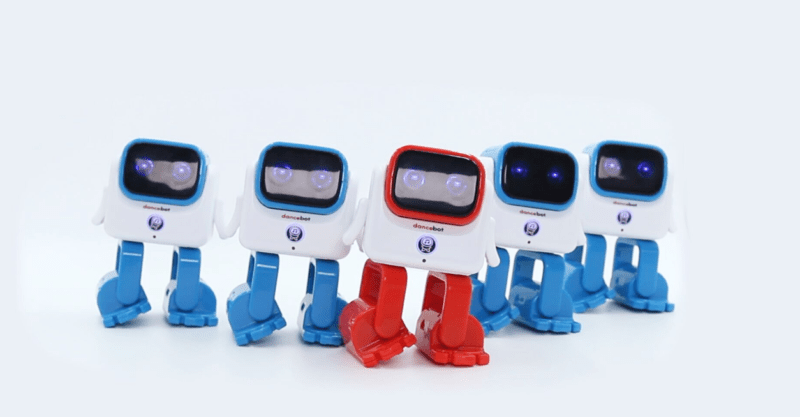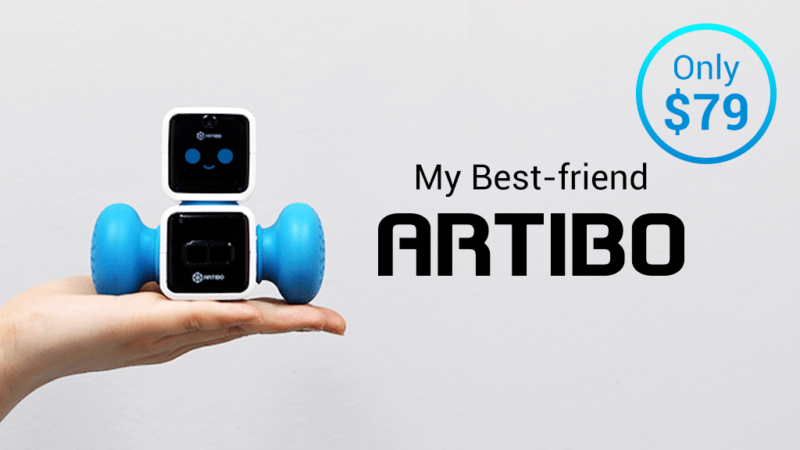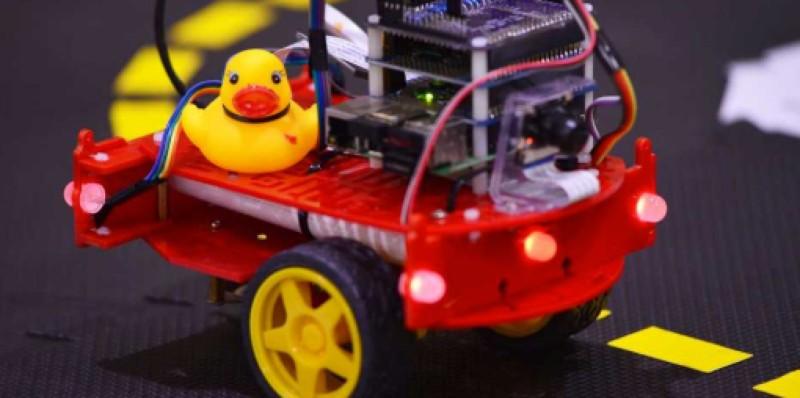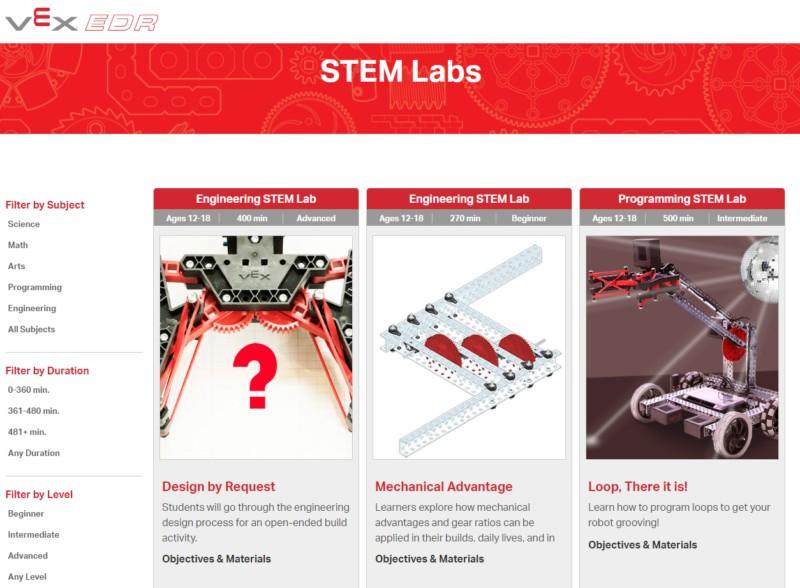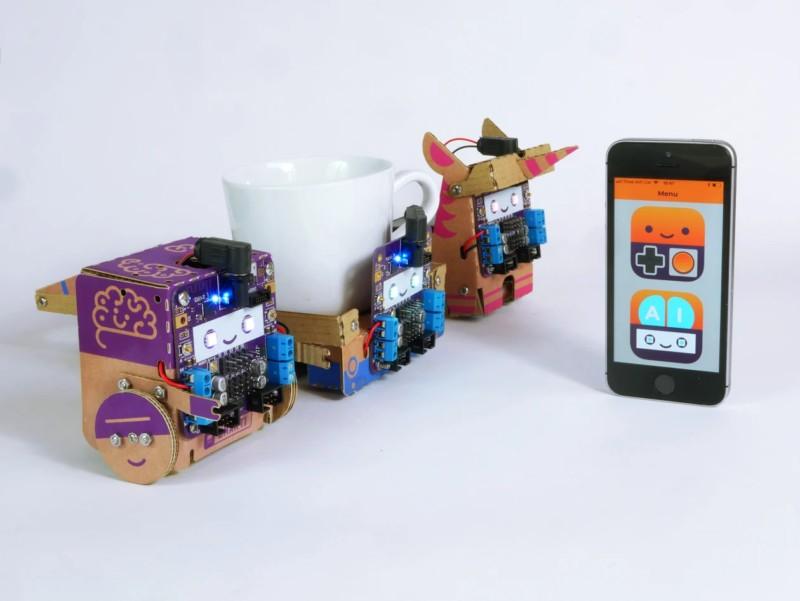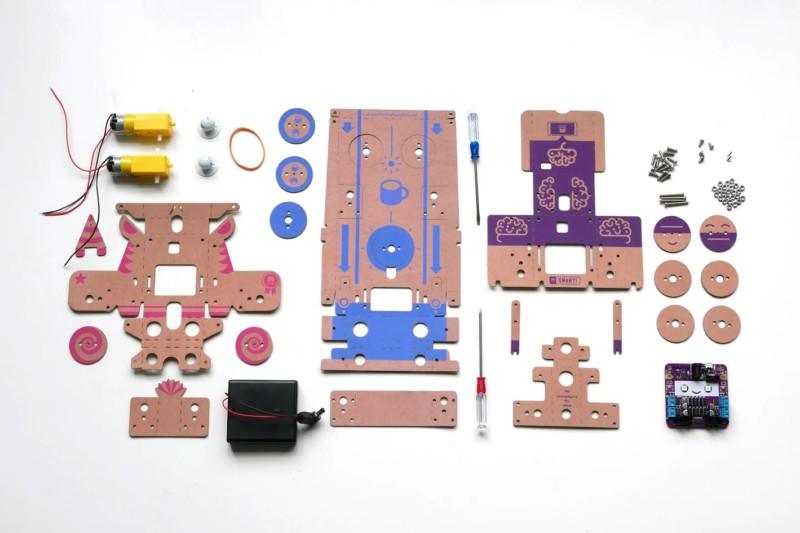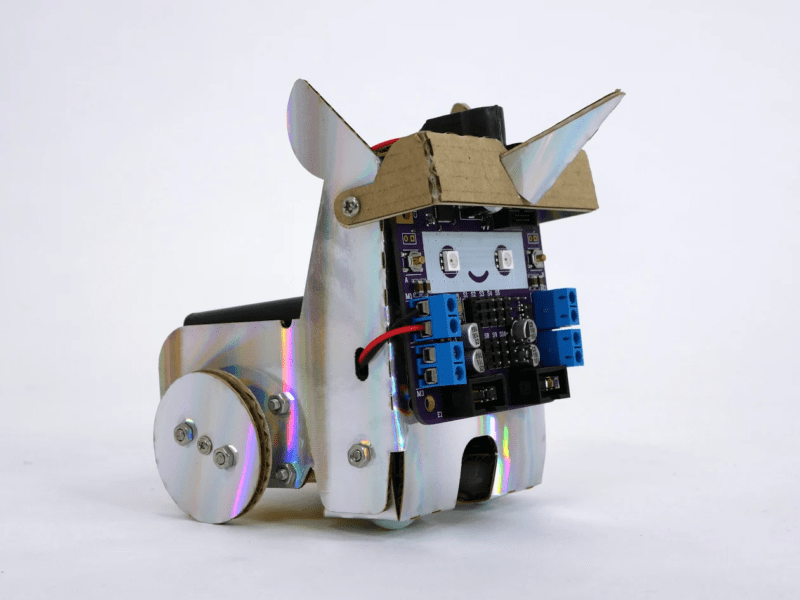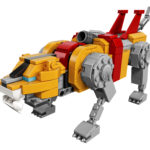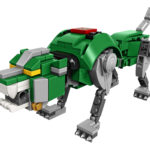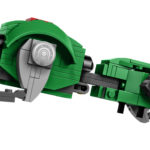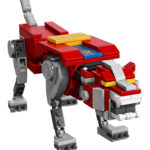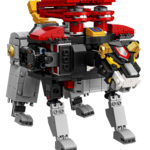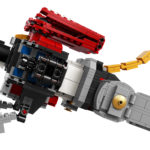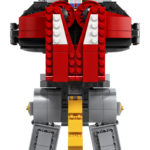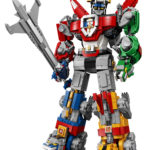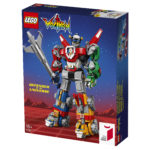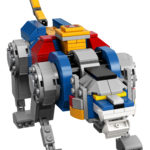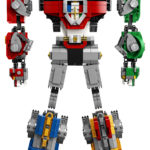NEW YORK, Aug. 23, 2018 /PRNewswire/ — Sony Electronics Inc. today revealed plans to offer a special First Litter Edition of its acclaimed aibo autonomous robotic „puppy“ companion in the United States. Following the recent reintroduction of aibo in Japan, Sony’s First Litter Edition for the U.S. will be a limited, all-in-one aibo bundle that includes the aibo1, a three-year AI Cloud Plan2, a fun assortment of aibo toys, and an individually numbered commemorative dog tag.
First introduced in 1999, the latest design of aibo is the sixth generation of Sony’s beloved companion robot. Unlike previous versions, it pairs cutting-edge robotics with a new, cloud-connected artificial intelligence (AI) engine and advanced image sensors, giving aibo the ability to learn and recognize faces. As aibo interacts with people over time, it develops its own unique personality through everyday interactions, enabling it to remember what actions make its owner happy and form a deep bond with members of the household.
No two aibo companion robots are the same. Each owner’s approach to raising their aibo shapes its personality, behavior and knowledge, creating a unique environment for growth. In fact, aibo is able to learn new tricks through owners‘ interactions, experiences with changing seasons and different events. Not content to sit and wait to be beckoned, aibo will actively seek out its owners and can recognize their faces. It can also detect words of praise and smiles, as well as react to being petted or scratched on the head.
„This is truly a one-of-a-kind product designed to connect with its owners on an emotional level,“ said Mike Fasulo, president and chief operating officer of Sony Electronics North America. „aibo’s charming personality, dog-like behaviors and ability to intelligently interact with family members help to create a personal bond. Bringing aibo back to the U.S. reflects Sony’s broader commitment to provide consumers with products that not only entertain them, but also enrich their lives.“
To create such a loveable, expressive and life-like robo-puppy, Sony integrated a wide range of sensors, cameras and actuators to bring aibo to life. Ultra-compact 1- and 2-axis actuators give aibo’s body the freedom to move along a total of 22 axes. Its adaptable behavior is made possible through deep learning AI technology in the form of built-in sensors that can detect and analyze sounds and images. aibo’s whimsical body language is expressed through a combination of eye, ear, and tail movements, as well as different voice sounds. In addition, two OLED displays are utilized for aibo’s eyes and give the appearance of blinking and closing, allowing for diverse, nuanced expressions.
Like any pup, aibo enjoys playing with a variety of toys. Sony’s First Litter Edition aibo will arrive with a pink ball, an „aibone,“ paw pads and charging station. Users can also take their aibo experience to the next level with the „My aibo1 2“ app. In addition to accessing system settings and owner information, the app’s handy user interface allows owners to check out and share their aibo’s pictures, as well as add „tricks“ to its repertoire. The app is packed with fun-filled features—even for people who don’t have an aibo of their own.
The three-year AI Cloud Plan2 included in the First Litter Edition bundle enables aibo to upload its day-to-day life experiences to Sony’s leading-edge AI engine. This database of memories is accessed to form each aibo’s unique personality, which grows and evolves over time. The aibo AI Cloud Plan also enables users to enjoy the full range of aibo features via Wi-Fi connection at home or a mobile connection on the go.
Sony’s latest generation aibo is one of the products of the Company’s broader commitment to technology innovation, particularly in the areas of AI, robotics and image sensing. This commitment has enabled Sony to achieve other innovations in these areas, such as its Neural Network Console, an integrated software development environment for creating deep learning programs for artificial intelligence; Sony’s recent agreement with Carnegie Mellon University to collaborate on artificial intelligence and robotics research; and the introduction of a compact CMOS image sensor with resolution rivaling SLR cameras.
By looking for new ways to bring joy to people’s lives through technology innovation, such as with aibo, Sony is staying true to its philosophy of Kando – creating an emotional connection with Sony’s customers. Similarly, the company has designed aibo’s packaging from 50 percent post-consumer recycled plastic as a reflection of its commitment to environmental sustainability.
aibo First Litter Edition with accessory bundle and three-year AI Cloud Plan will be available for purchase in September 2018 at a suggested retail price of $2,899, with delivery in time for the holidays. Additional details will be announced in the coming weeks. To get the latest aibo updates via email and find additional information on fun aibo features and accessories, visit us.aibo.com
aibo will be exhibited at Sony Square NYC from August 24th to October 14th. The exhibit is open to the public and is the only place to experience aibo before it goes on sale.
About Sony Electronics Inc.
Sony Electronics is a subsidiary of Sony Corporation of America and an affiliate of Sony Corporation (Japan), one of the most comprehensive entertainment companies in the world, with a portfolio that encompasses electronics, music, motion pictures, mobile, gaming and financial services. Headquartered in San Diego, California, Sony Electronics is a leader in electronics for the consumer and professional markets. Operations include research and development, engineering, sales, marketing, distribution and customer service. Sony Electronics creates products that innovate and inspire generations, such as the award-winning Alpha Interchangeable Lens Cameras and revolutionary high-resolution audio products. Sony is also a leading manufacturer of end-to-end solutions from 4K professional broadcast and A/V equipment to industry leading 4K Ultra HD TVs. Visit www.sony.com/news for more information.
__________________________________
1 „My aibo“ will be available at Google Play and the App Store from the day on which the aibo is shipped. A web browser version is also available at the same time. Network services, content, and the operating system and software of this Product may be subject to individual terms and conditions and changed, interrupted or discontinued at any time and may require fees, registration and credit card information.
2 aibo and aibo AI Cloud Plan subscription required to fully enjoy all features of „My aibo.“ App

